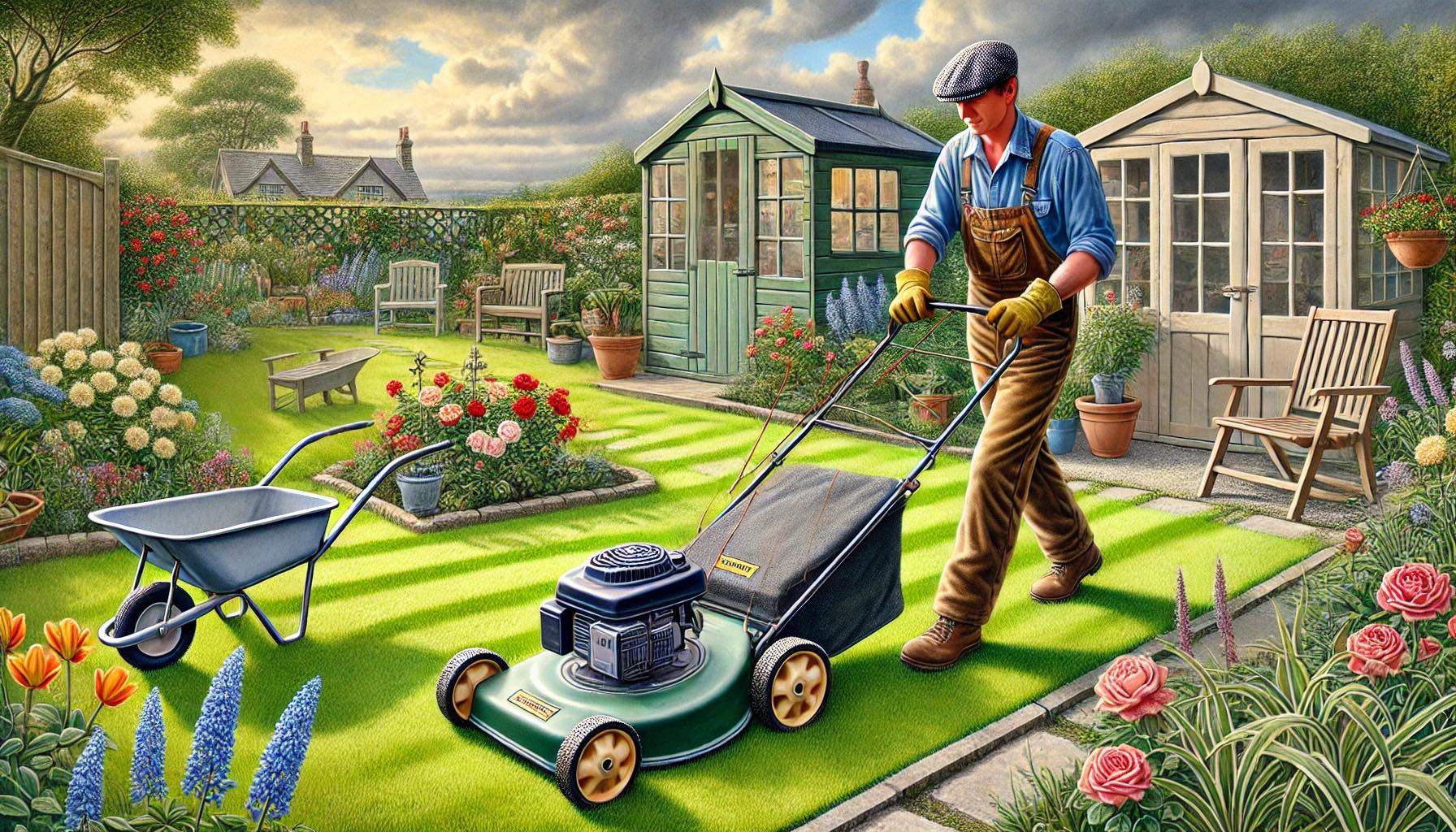Category: Wet conditions
Wet Conditions
Wet conditions refer to areas in the garden or landscape where the soil remains consistently moist or waterlogged, often due to poor drainage, high rainfall, or proximity to bodies of water like ponds, rivers, or wetlands. These conditions can present challenges for plant growth, as excessive moisture can lead to root rot, poor aeration, and other plant health issues. However, certain plants are well-adapted to thrive in wet environments and can be incorporated into gardens with damp or boggy soil.
Plants suited for wet conditions include species that are tolerant of standing water or saturated soil, such as marsh marigolds, sedges, and iris. Many native plants, like willows and cattails, are naturally found in wetlands and offer ecological benefits by supporting local wildlife. Perennials like astilbes, ferns, and lupins are also ideal for wet garden spots, providing texture, color, and year-round interest.
To manage wet conditions in the garden, it’s important to choose plants that can tolerate moisture and ensure proper drainage where possible. Raised beds, drainage ditches, or incorporating organic matter into the soil can help improve the situation and prevent waterlogging. By selecting appropriate plants and managing moisture levels, you can create a thriving garden even in areas with wet conditions.
No posts to display
fIND MORE WORK FOR FREE
Subscribe to our facebook group to advertise your gardening business and find people looking for gardeners


